Going Xoxo 2018
| |I’m really excited to be attending XOXO 2018. I’m looking forward to meeting and talking with all the interesting people there. It is a pretty unique conference - likely filled with kindred spirits. If you’re reading this in the future ‘cause you met me there, great! I’ve made some notes below about all my projects I might talk about with people, I’d love feedback and collaborators!
TLDR; I have 4 main projects on the go and bunch upcoming. I’m looking for help with:
- Making a mobile puzzle game called Halvsies using Godot. Music, sound, art and programming helpful.
- Editing and video hosting help with Creo Animam concert website.
- Editing, illustration and publish help for a children’s adventure (bedtime) story, Lightkeeper.
- Any and all help for those interested in dramatically changing the digital economy as described by my Netifesto project.
- If you know about machine learning, particularly in regards to composing or making music, I’d love to hear from you for an upcoming concert in April/May.
- (How to get) funding for any of my projects.
- Working with someone on their projects! Design and programming preferably.
I have spent the last year working on a number of projects, trying to get them into shape for grants so I have more than the usual number of things on the go. In no particular order:
Halvsies
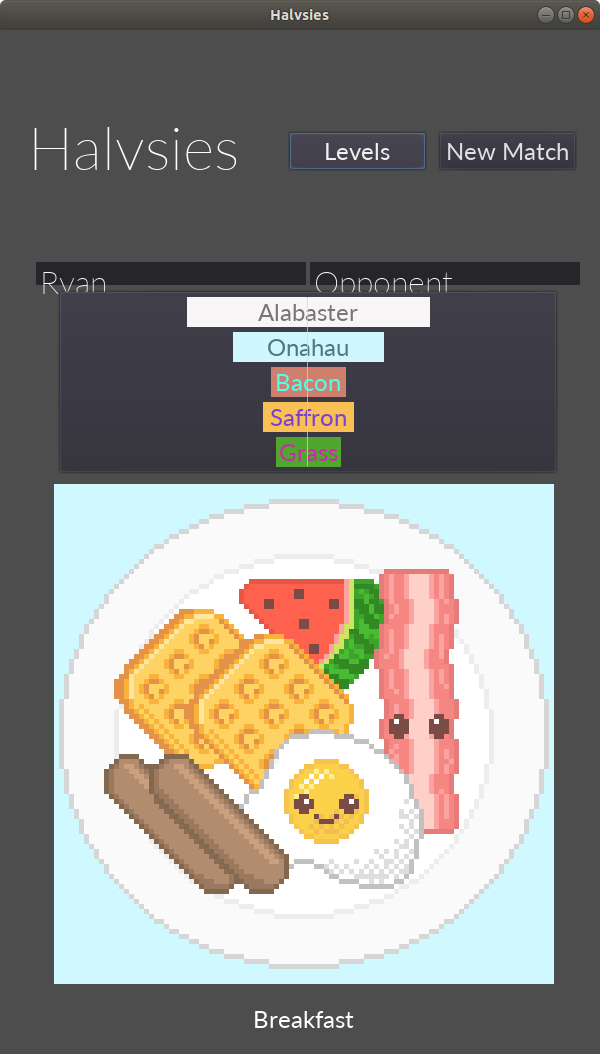
Halvsies prototype screenshot
Level artwork by Amy Lee
I’m collaborating with the amazing Amy Lee on a mobile-ish game prototype called Halvsies.
Halvsies is a 2-player competitive puzzle-strategy video game about splitting shapes and choosing a larger share than your opponent. One player cuts the shapes, then the other player(s) choose which part of the shapes to keep for themselves. The player who cut the shapes receives the remainder. Thus the player doing the dividing has an incentive to always cut the shapes as evenly as possible.
Halvsies is based on ancient wisdom used by many parents to reduce envy in their children and is even mentioned in the Book of Genesis: when Abraham and Lot come to the land of Canaan, Abraham suggests that they divide it among them. Then Abraham divides the land to a “left” part and a “right” part, and lets Lot choose first.
Halvsies is a game of spacial thinking as a metaphor for deeper choices of fairness and equality. The nature of the game provides players a subtle launching pad to start thinking deeply about questions of fairness and equality while they enjoy the challenge of estimating visually what is equal and the thrill of choosing the divided section that they think is most valuable. As the levels increase in difficulty, players will experience just how hard it can be to quickly determine what is equal.
Halvsies’ initial concept comes from taking a small but important personal experience and seeing if it resonates with others. The first inspiration for Halvsies came from a practice shared with my collaborator Amy Lee of taking turns dividing a shared food item until it was too small to split. Turning laughter into art feels like alchemy. As we developed the idea we also wanted to incorporate an exploration of the difficulty and subjectivity of concepts like “equal” and “fair”. What starts out as an obvious 50⁄50 split of a simple symmetrical shape becomes vastly more complicated with irregular asymmetric shapes and hidden agendas.
I am using the wonderful, open source Godot game engine to make it. The community has been really helpful although I’ve been stumped more than once from bugs or weirdness in the engine itself. I build the multi-player server in Go, as I’m a big fan of Go, and decided to learn Buffalo as well to get things working out of the box a bit faster.
I also have a bunch of crazy half-baked plans to use asynchronous multi-player and AI in the development, evolution and selection of levels.
Creo Animam
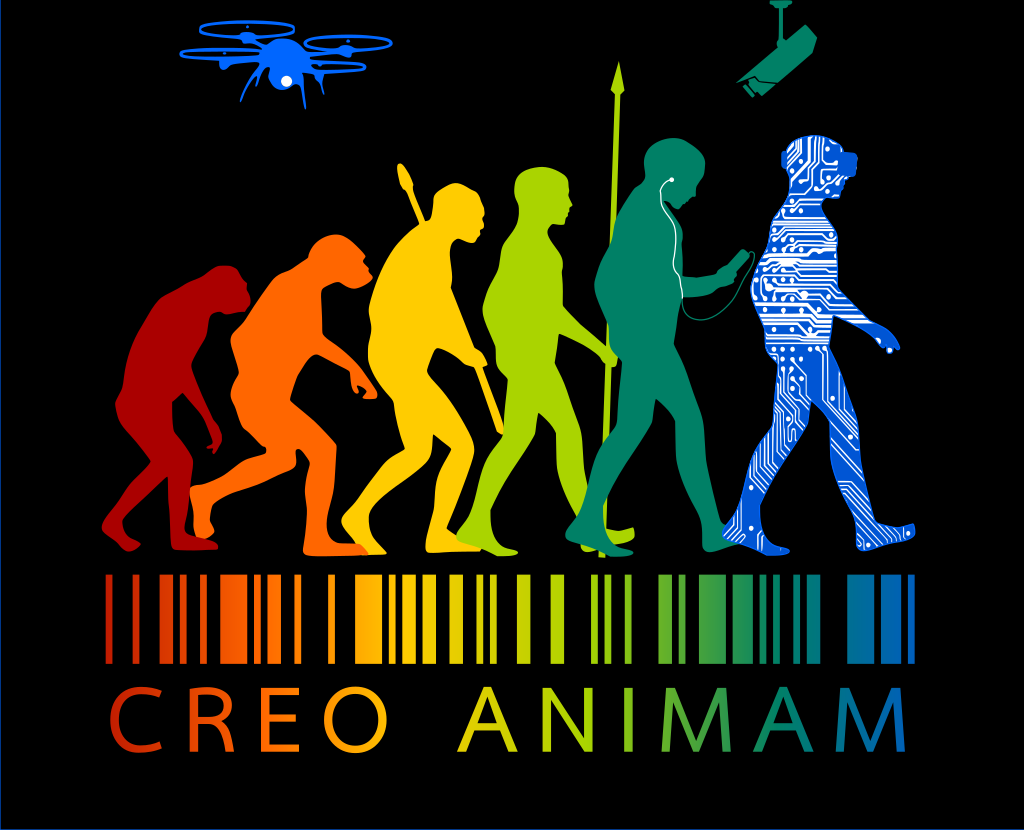
CREO ANIMAM
Creo Animam is/was a 2.5 hour concert about the near future I did in collaboration Dallas Bergen and the brave music lovers of the Univox Choir. Bits and pieces of it can be found on this site. The research I did initially and one of talky bits.
The concert alternated between the choir singing accompanied by videos created by the choir members and their families and short talks with slides I presented. I conceived of and directed the concert, helping develop the themes and guided the creation of the music videos while Dallas taught the music, helped with music arrangements and conducted the concert. I recruited a couple of close friends and four amazing (and brave) composition students to help with the music arrangements.
OK, OK, I know. The concert was in 2015, where is the website? Well, it has taken ages to get everything cleaned up and then I’ve run into the envisioned copyright catch-22 that I was worried about. I’d like to post the videos to YouTube but the copyright powers that be have claimed the rights to them - graciously allowing me to show people but at the cost of running advertisements during my work, which I find to be imposing on my copyright moral rights, and I believe that these works are transformative enough to be considered new works.
Anyways. Here is a part of concert that I rewrote the night before because I was so moved by the passion and creative efforts of the choir and other collaborators:
The rest of my dreams I wanted to share with you can wait, instead I want to talk to you about how scared I was [about this concert].
I get so nervous I can’t eat. I feel awkward giving long, prepared talks - the words sound written not responsive. I prefer to sit with friends and pose and answer questions, trying to discover just the right way to rephrase an idea so it sticks with you forever. I like to rant about how things should be, not who I am. I was exhausted when I started planning this concert, burned out on Day Job and bureaucracy. But how could I pass an opportunity to make something with my friends, filled with the music I love and things I stay up too late reading about every day.
I was anxious. I knew that there wasn’t enough time for something so ambitious, I was torn about it being too strange and *way*too much of me talking about the things I love. I was able to continue on, to turn my ideas into reality because Dallas and the choir believed in me, and gave me a rare gift: they let me be who I am. This simple but profound act is the cornerstone of true love, and it is a testament to the deep friendships I have with some in the choir, the incredible trust from those I barely know and the faith in, and leadership of, Dallas and the boardmembers.
I was overextended. After months of research, preparation and coordination I took two weeks off work and another two weeks part time and it wasn’t nearly enough. The things I wanted to do were beyond me, the scope was outrageous, I would have to ask so much from everyone; people who I knew would do it because they love me and people I thought I needed to convince that I and my ideas were worth it. The support and willingness I received has weathered artistic differences, technical conundrums, a choir trip to Cuba, and a scheduling apocalypse. From a disappointment that there wasn’t enough time has grown an appreciation and insight to how deeply I am cared about and how much people can give.
Falling in love with this concert and these people has convinced me that this is a path worth clearing. Perhaps I’m just smitten, or perhaps its the lack of sleep, but I want to be the person who does things that are too hard, united with a shared purpose with old and new friends to waste our time dreaming of dancing machines, living every day like it was the end of the world, taking time to surprise each other, discovering our madness, and trying to come up with a way to include Alex [the title of one of the pieces in the concert] in this sentence.
I want all of us to have more time, more money, more collaborators and more love for projects like this. Where our challenge isn’t getting out of bed in the morning unless you’ve stayed up most of the night rewriting your conclusion to your big concert. If that change takes an unemployment crisis and new forms of sentience, I’ll take that deal.
The future can be filled with people creating their soul, where the person sitting next to you isn’t even human. We are incredibly lucky to share this time with each other and those soon to be. You may get to be the first person to love an alien or the last person to lose their job. We should all have the time to spend it with each other. I dream a world where machines make us human.
If you know how to get videos hosted somewhere that won’t cause me grief please get in touch. I’d love to get the final site up and running. In the meantime here is a “teaser” of a sorts:
Lightkeeper
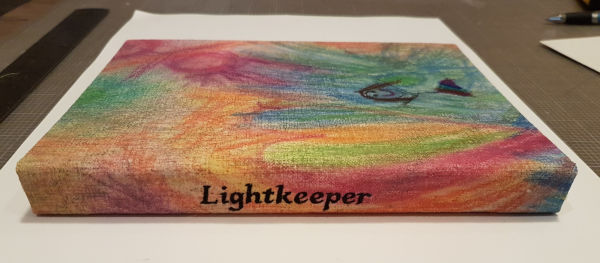
Inspired by my friend Dallas (who I collaborated with on Creo Animam) who was telling/playing interactive fantasy adventure stories with his daughter at bedtime, I made him and his daughter a story they could play. Using my experience as a DM I crafted an adventure about the challenges of people who are unhappy in some way with themselves and how that affects others. The protagonist was Dallas’ daughter, who was a young princess already capable of powerful magic.
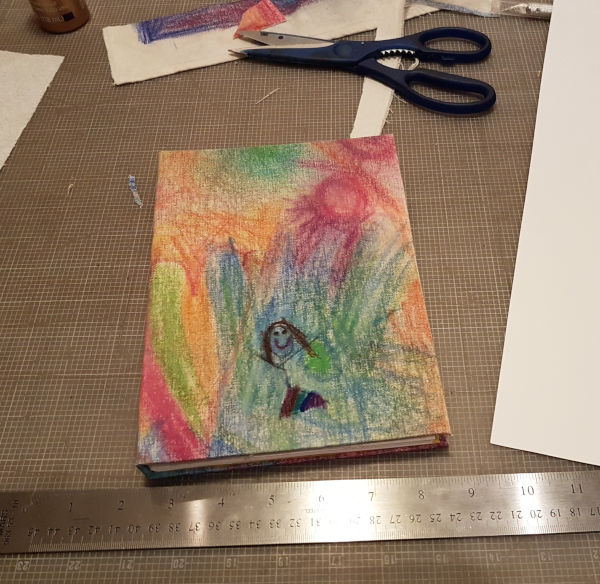
I wrote a accompanying story to go along with the character descriptions and notes, to give an example of just one of the possible stories that could be told. It was my first foray into book binding, and I sneakily collaborated with the princess’ mother to have her draw the cover of the book unknowingly. I thought it turned out amazing.
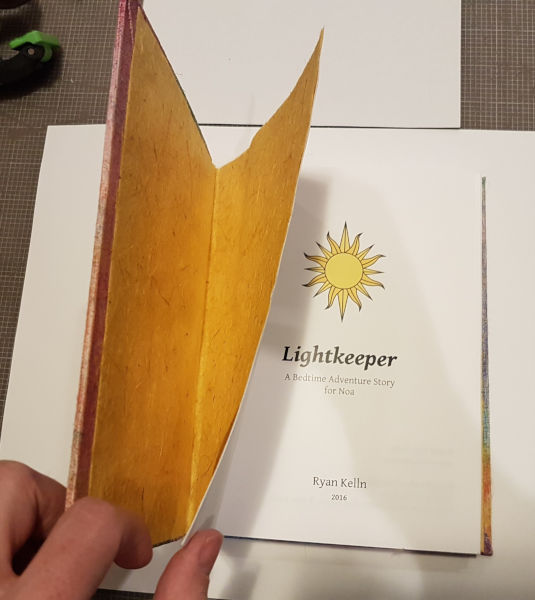
Lightkeeper is the story of a young girl who stumbles into a snow covered nearly abandoned village deep in the forest. Beset by wolves and suffering from years of border conflict with a neighbouring nation, a few villagers are now stranded with no way to leave. They have taken shelter in the only stone building in the middle of town, and have a single lantern lighting their refuge. They have food for the winter, but are burning their last day of oil as the girl approaches town. The six remaining villagers are grumpy, unhappy and afraid. They only stop fighting with each other when the howls of the wolves send shivers down their spines. Seemingly reflecting their mood, the sun has been rising lower and lower in the sky each day and did not rise at all today!
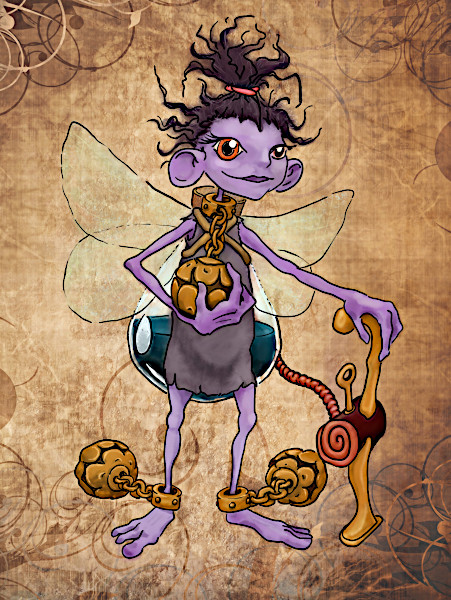
After I’d made the bespoke copy, I thought I’d try making a version for everyone to enjoy. Using LibreOffice I made a version that should switch the names and genders of the protagonist and continued to refine and edit the story. I made a drawing of one of the minor characters, but I’m looking for illustrators or time enough to illustrate the rest.
Netifesto
After over 15 years, I am still haunted by my ideas around the digital economy. My long term project, Netifesto (aka Qrate), is slowly evolving and I’m still enjoying telling people about the concepts.
Here is an excerpt from the latest round of grant applications:
In 2002, I began full-time research and development of a concept I called Netifesto – a manifesto describing a system that embraces the core strengths of digital technologies and radically rethinking the role of copyright and the relationships between artist and audience. I imagined a future where participation in artistic creation was commonplace, access to digital art was free, and economic emancipation of artists was a reality. The original inspiration for the project started by examining the design and effects of Napster (the pioneering peer-to-peer file sharing application). I concluded that digital goods could not be treated the same way as physical goods, stemming from three basic principles:
- Information is copied, physical items are moved.
- Attribution is independent from ownership.
- Prevent theft and eradication by sharing.
These principles led me further to three fundamental economic questions — questions whose answers change with the advent of digital technologies:
- Who decides what will be made?
- Who makes it?
- Who has access to what has been made?
Netifesto is the result of thinking deeply about these issues for over fifteen years. Creating digital media with digital tools allows for increased transparency and access. The full history of the production can be made visible (the “source code”), what has been made can be distributed essentially without cost, and payments using cryptocurrencies can be both simple for the payer and extremely complex in their distribution of funds to improve equity for the creators. Taking advantage of the properties of digital technologies can dramatically improve the access to, participation in, and support of the arts.